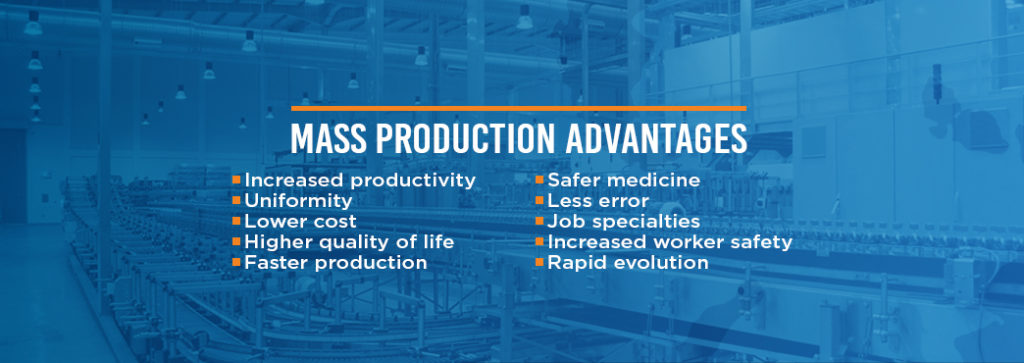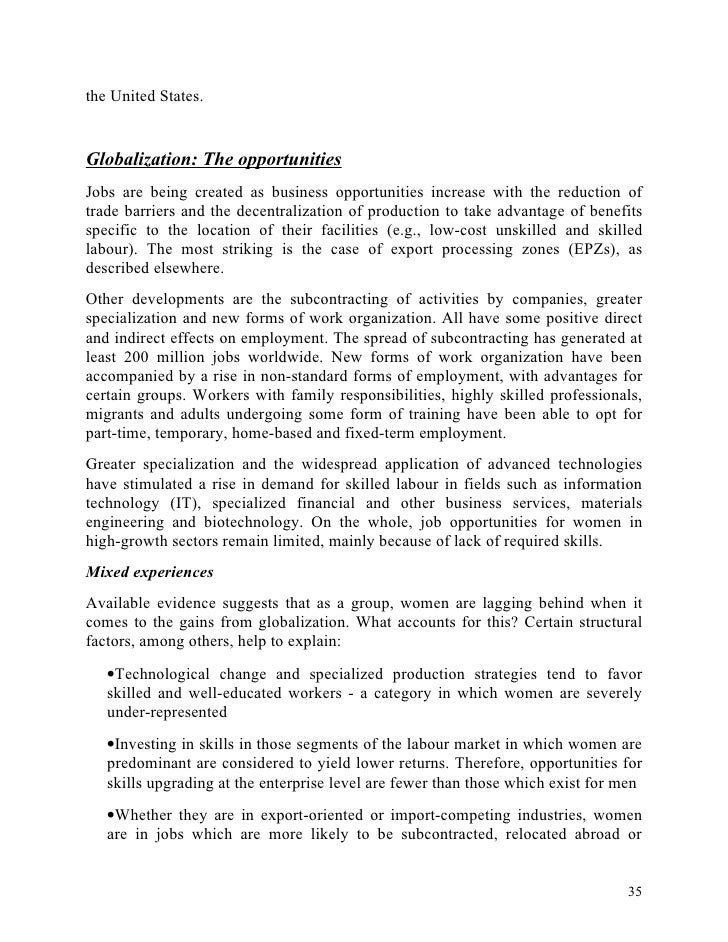


Issues of duplicate payments, late payment penalties, overpayments, fraud, missed discounts, and forgotten credit notes are all very common with manual invoice processing. But, wouldn’t it be better to get more done in less time, and with as little human workers as necessary? This further contributes to higher cost of operation, as you’d have to pay more people for longer working hours. Your team spends more time to get less significant work done. With a manual system, it takes days or even weeks to approve an invoice. If your organization manually processes thousands of invoices annually, you can just do the math! Manual operation is hardly ideal. It has also been reported that invoices with special conditions (like exception and non-PO invoices) can cost as much as $50 to manually process. On average, it costs about $25 to manually process just one invoice. Why manual invoice processing is non-optimal for any modern accounts payable team Below are some of the drawbacks associated with manual invoice processing techniques, an explanation of how such techniques have been undermining your accounts payable (AP) processes, and why you need to ditch them ASAP. Chances are that if you’re still processing your vendor invoices manually, you are encountering these classic problems and harming your productivity. Here’s the truth about manual invoice processing: this outdated methodology has been found to have over 101 weaknesses, and all of them contribute to a shockingly poor invoice processing experience. Are you still dependent upon a manual system to process your vendor invoices? If so, not only does it mean your system is obsolete, but you’re simultaneously putting yourself and your business in a disadvantaged position.


 0 kommentar(er)
0 kommentar(er)
